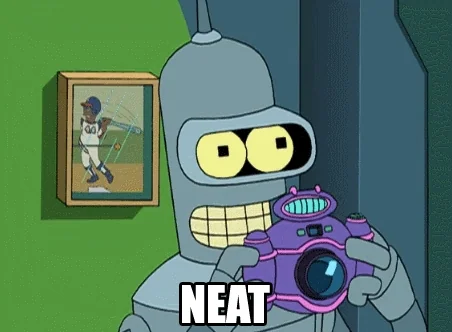Originally published at: https://boingboing.net/2021/01/23/double-sided-embroidery-with-different-images.html
…

Very cool.
But there needs to be more exposition of exactly how this happens. All I could see was different colours on each side and no clear understanding of how it comes about.
There is a very basic description here. The threads are layered, so the color you want to show is on top on one side, and covered by other stitches on the other.
disclosure – my wife is an experience embroiderer & stitcher and owns a supply business.
Double-sided thread must be very technical, hard to handle, and - I assume - flat in profile rather than round. (?)
not sure - it says the traditional form would have the same design on both sides - which means all the back side work, if you’ve ever looked at the back of embroidery there are starting and ending knots and other threads that haphazardly located, so that means the opposite sides have to conceal all the backside work for each other.
The piece in the short clip has a different design on each side, so same mechanism to different ends.
This page shows some other examples - note the orange tiger on one side, the white tiger on the other:
Yeah, I read that bit, and assumed the BB post was some modern variant. And that needed two-sided thread (two colours) to achieve. This is getting too arcane for me! ![]()
I’d go for no transparency… specially if I was dammed by copyright paths
(long story - short)
It puzzled me, but I think the thread is round and each length is a single colour, and magic and Photoshop are not involved.
Suppose the person sewing the dog on the first side is putting in very large stitches with white thread. If the person doing the monkey does not want white just there they can put in a very small stitch that does not cross any of their other top threads. This stitch will disappear between the top threads on the monkey side if there are any, or be overlaid by the later stitches if they aren’t. They have to tuck in the ends too, but I guess that is done on the side you look at, where there are similar threads to tuck the ends under.
This might explain how they were working without any obvious planning: they take it in turns - one person doing visible stitches and the other doing nearly invisible ones.
There probably is some cunning planning because they are working to the same shape. I would imagine they chose the orders of the colours, so any bright colour that only appears on one side is put down first, so it can be better hidden on the other one.
a neat technique, pity about the godawful images tough.
Yep. They should do something classy, like dogs playing poker on one side, and a sad clown with a balloon on the other.
Big eyed Keane kids or GTFO
saw an exhibition of this and other Chinese folk arts in Vancouver in the 1970s…the images were the whole panel, and sometimes had no obvious relation between them. Pretty impressive. One in particular I recall was Normand Bethune’s house in two seasons. There were a lot of Gee-Whiz elements in this exhibition; carved eggshells for instance. A lot of the subjects were “art in the service of the man” like the aforementioned Bethune house, bridges, dams and other glorious works.
This topic was automatically closed after 5 days. New replies are no longer allowed.